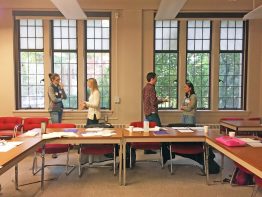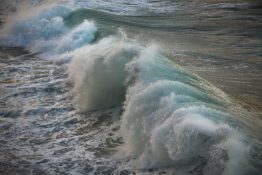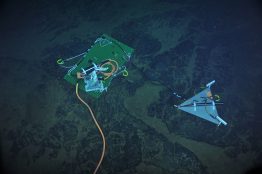Increasing the science communication skills of faculty, staff and students is a priority at the College of the Environment — that is, equipping our scientists to talk about their work with a variety of non-academic audiences. In recent years, we’ve worked to build out our science communication capacity by giving faculty and researchers more opportunities to hone their skills through one-on-one coaching, interview preparation, half-day workshops and more.
Read more »Head regeneration, an endangered songbird and more
Every other week we share the latest peer-reviewed publications coming from the College of the Environment. Over the past two weeks, five new articles co-authored by members of the College were added to the Web of Science database. They include articles about head regeneration, an endangered songbird and more. Read on!
Read more »Investing in fisheries management improves fish populations
Research published this week in the Proceedings of the National Academy of Sciences suggests that successful fisheries management can be best achieved by implementing and enforcing science-based catch or effort limits. The study is authored by researchers from the University of Washington and California Environmental Associates. The paper shows that, among 28 of the world’s major fishing nations, there is wide variation in the effectiveness of fisheries management systems at meeting their objectives for productive fish populations.
Read more at UW Today »What makes influential science? Telling a good story
It turns out that even in the world of scientific writing, your eighth-grade teacher was right: how you write can matter as much as what you write. In a study published Dec. 15 in the journal PLOS ONE, researchers from the University of Washington looked at abstracts from more than 700 scientific papers about climate change to find out what makes a paper influential in its field.
Read more at UW Today »Underwater volcano's eruption captured in exquisite detail by seafloor observatory
The cracking, bulging and shaking from the eruption of a mile-high volcano where two tectonic plates separate has been captured in more detail than ever before. A University of Washington study published this week shows how the volcano behaved during its spring 2015 eruption, revealing new clues about the behavior of volcanoes where two ocean plates are moving apart. “The new network allowed us to see in incredible detail where the faults are, and which were active during the eruption,” said lead author William Wilcock, a UW professor of oceanography.
Read more at UW Today »





